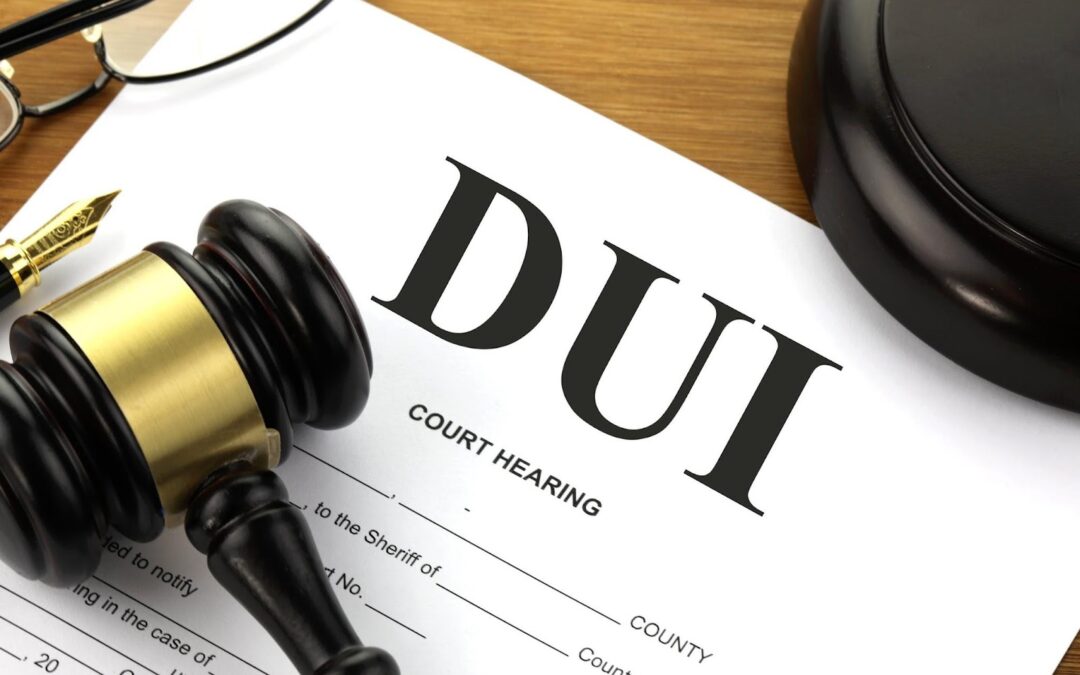California’s DUI Laws
Written By | Doreen Almirol | 20+ years CA DMV Licensed Driving Instructor
California, with its sprawling landscapes and iconic highways, is a state that encourages exploration and adventure. However, when it comes to responsible driving, the Golden State has implemented strict laws to ensure the safety of its residents and visitors. In this article, we’ll delve into California’s stringent regulations regarding driving under the influence (DUI), including legal blood alcohol concentration (BAC) limits, the consequences of DUI offenses, and the paramount importance of embracing sober and responsible driving practices.
This blog may contain affiliate links, and if you make a purchase through these links, we may or may not earn a commission at no extra cost to you.
1 | Legal Blood Alcohol Concentration (BAC) Limits
Understanding California’s legal BAC limits is crucial for every driver. According to the California Driver Handbook, the legal limit for drivers 21 years old and older is a lower BAC than 0.08%.
For drivers under 21, including those on probation for a prior DUI offense, the state enforces a zero tolerance policy, making it illegal to operate a vehicle with any measurable amount of alcohol in their system.
Additionally, commercial drivers must adhere to a lower BAC limit of 0.04%.
2 | Consequences of DUI Offenses
California’s penalties for DUI offenses are severe, reflecting the state’s commitment to maintaining safe roadways. The consequences vary depending on factors such as prior convictions, age, and the presence of minors in the vehicle. Some of the common penalties include:
-
License Suspension or Revocation: DUI convictions often lead to the suspension or revocation of driving privileges. The duration of the suspension depends on the number of prior offenses within a specified timeframe.
-
Fines and Court Costs: DUI convictions come with hefty fines and court costs. These financial consequences can significantly impact a driver’s finances.
-
Probation and Mandatory Alcohol Education Programs: In many cases, DUI offenders are placed on probation and required to complete alcohol education programs to address the underlying issues contributing to impaired driving.
-
Ignition Interlock Devices: For repeat offenders, the court may order the installation of an ignition interlock device in the offender’s vehicle. This device requires the driver to pass a breathalyzer test before starting the vehicle.
-
Jail Time: Serious DUI offenses may result in jail time, especially if there are aggravating factors such as injury or death caused by the impaired driving.
3 | The Importance of Responsible and Sober Driving
California’s strict DUI laws underscore the importance of responsible and sober driving. The consequences of driving under the influence extend beyond legal penalties; they can have life-altering effects on individuals and their families. Responsible driving practices not only safeguard lives but also contribute to the well-being of the community at large.
Adhering to the following principles can help promote responsible driving:
-
Designate a Sober Driver: Before heading out for a night on the town, plan ahead and designate a sober driver who commits to staying alcohol-free.
-
Use Public Transportation or Rideshare Services: California offers an extensive public transportation system and rideshare services. Utilizing these options provides a safe and responsible alternative to driving under the influence.
-
Educate and Raise Awareness: Community education programs and campaigns play a crucial role in raising awareness about the dangers of impaired driving. Engaging in these initiatives can contribute to a safer driving culture.
-
Be a Responsible Host: If hosting a gathering where alcohol is served, ensure that guests have alternative transportation options, such as rideshare services or designated drivers.
California’s strict DUI laws are designed to keep the roads safe for everyone. Understanding and adhering to these regulations not only prevent legal consequences but, more importantly, contribute to a culture of responsible and sober driving. As drivers, it is our collective responsibility to prioritize safety, make informed decisions, and choose a path that leads to safer roads and a healthier community.




